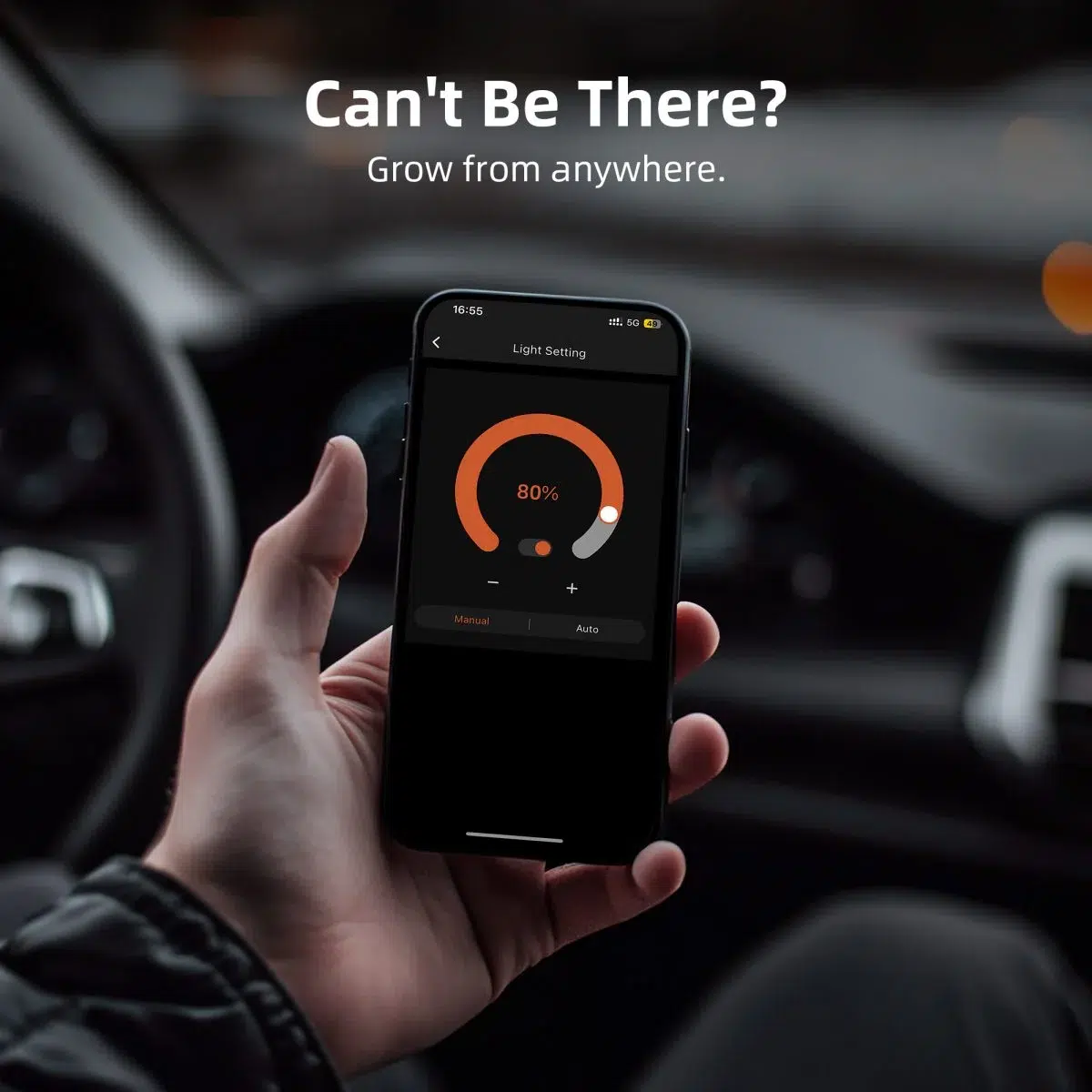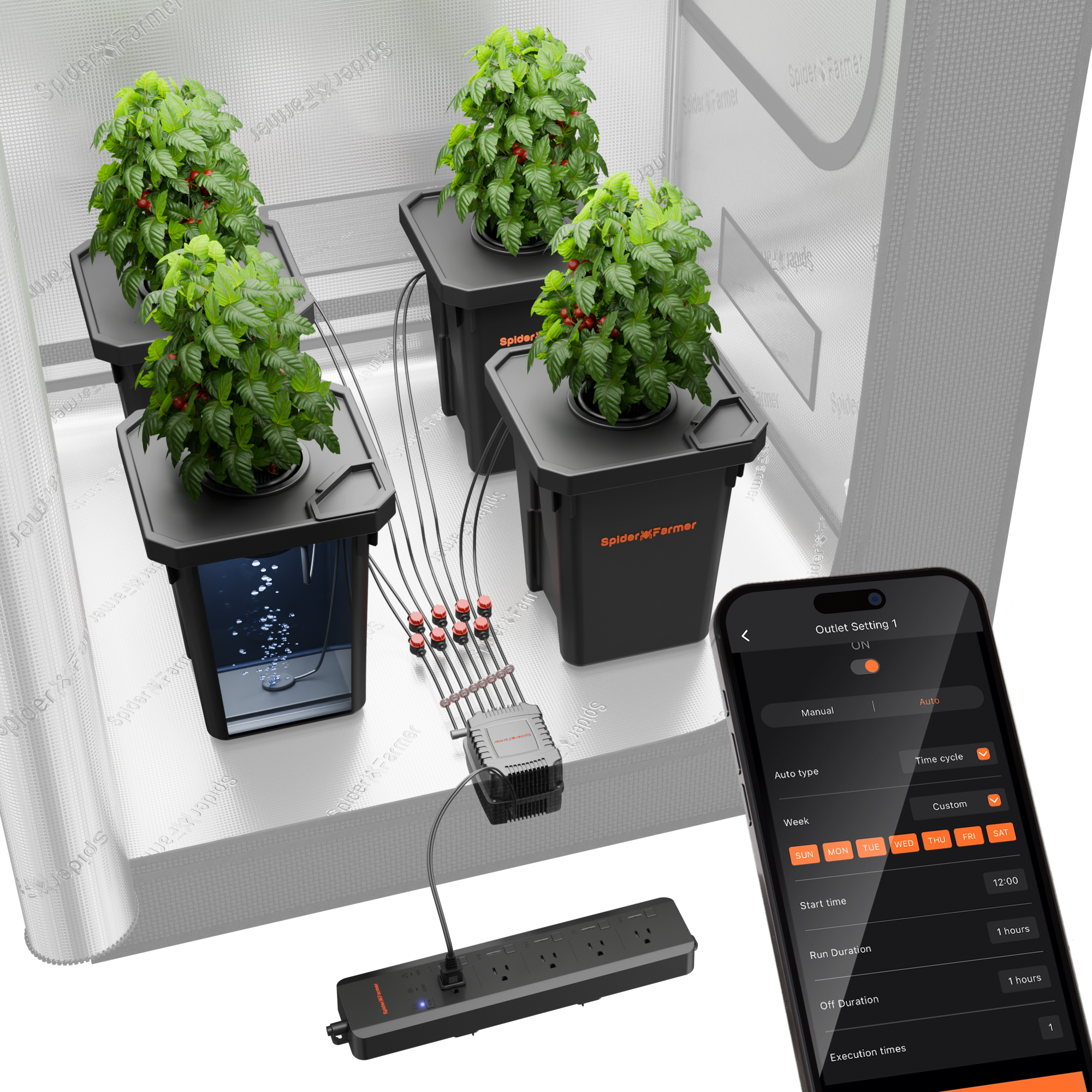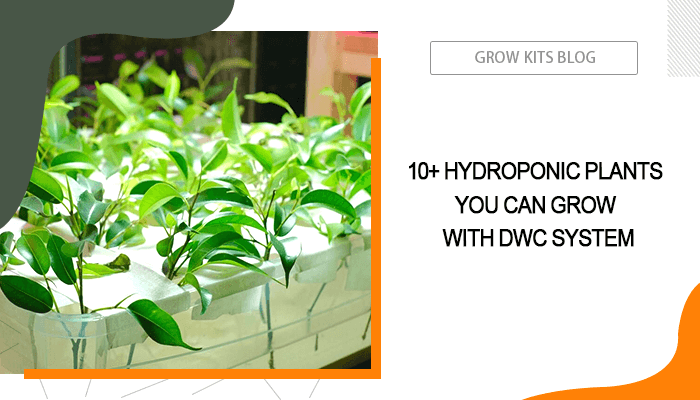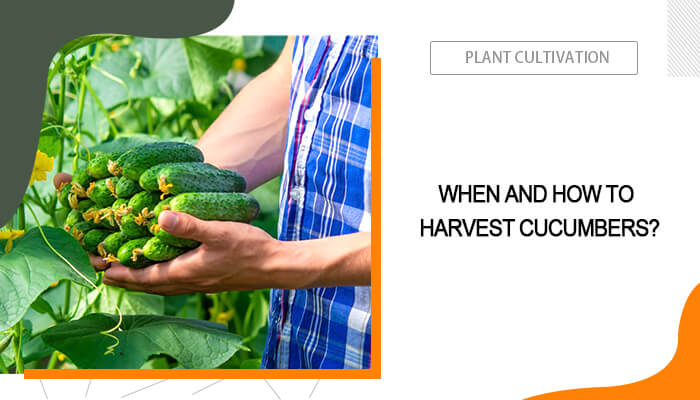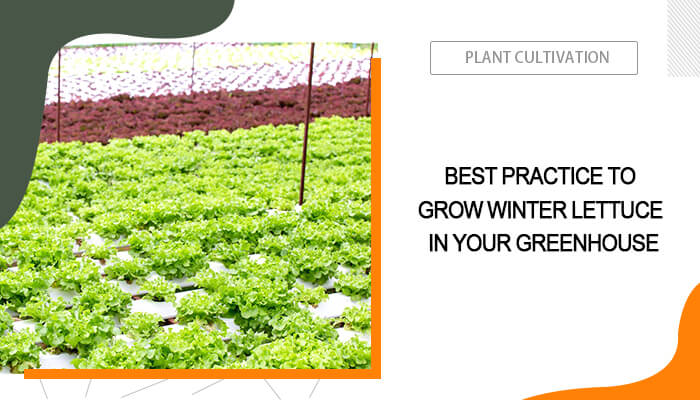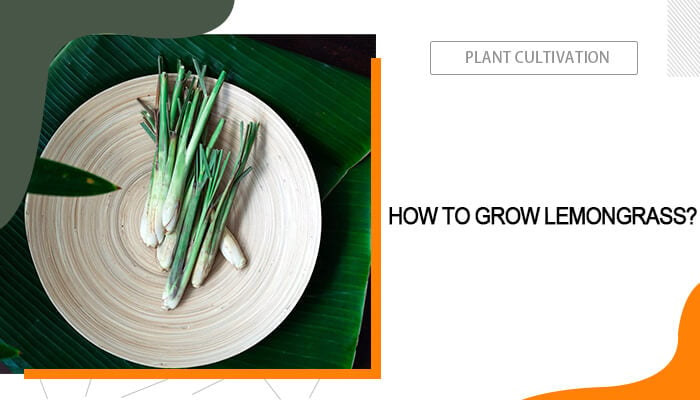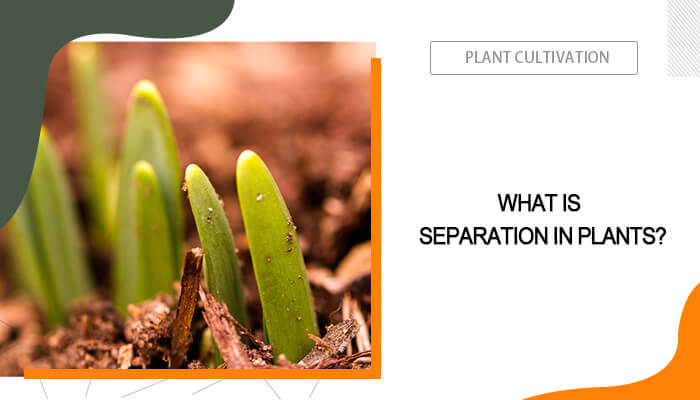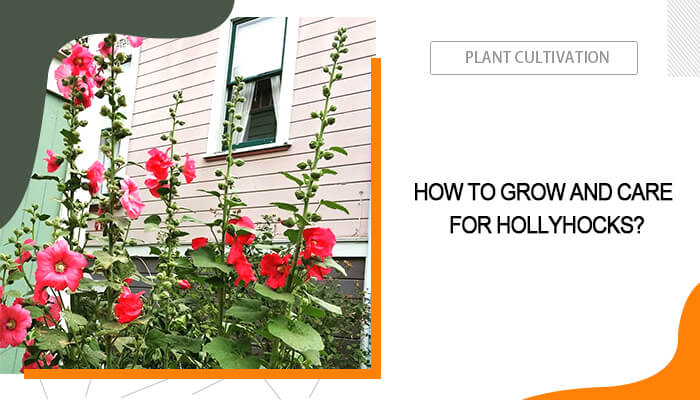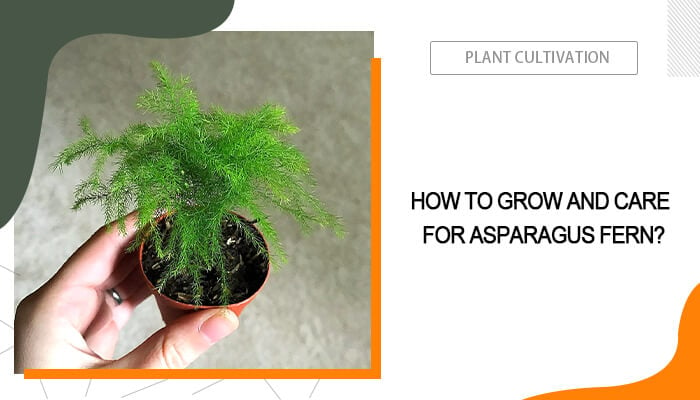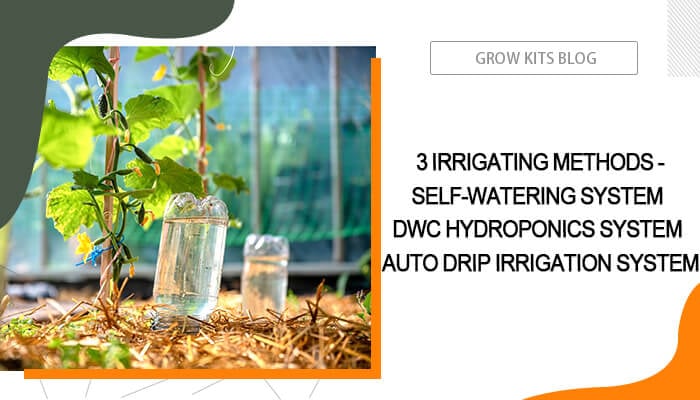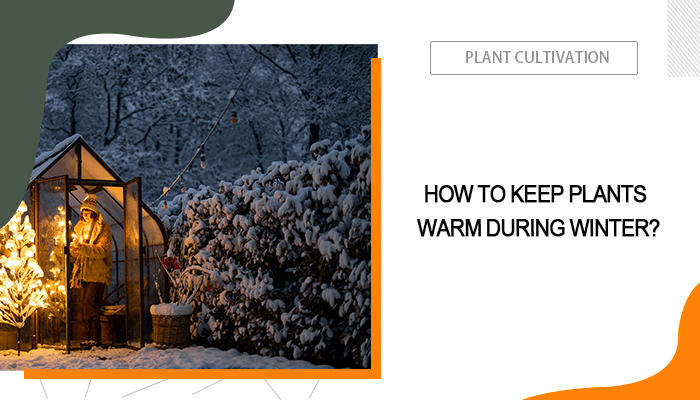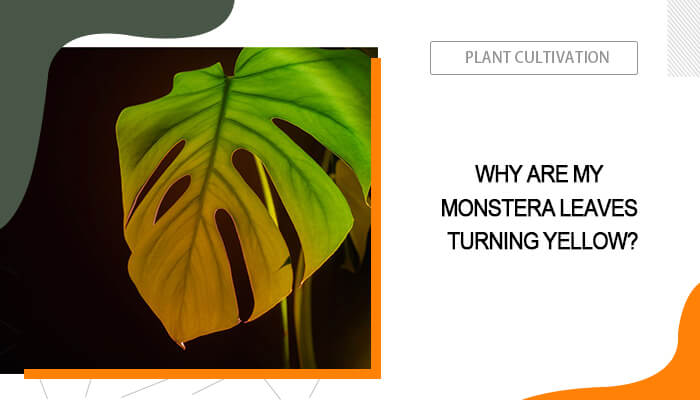Hydroponic gardening has revolutionized the way we grow tomatoes. Growing tomatoes hydroponically allows you to optimize and control growing conditions and promote plant growth. You’re likely to reach faster growth rates, higher yields, and reduced risk of soil-borne diseases. For beginners, it can be sort of challenging to grow tomatoes hydroponically. However, with the right guidance and a few essential tools, you can grow tomatoes at home with ease.
In this guide, we’ll delve into the basics of hydroponic tomatoes, exploring the best types of tomatoes grown hydroponically. Also, we’ll learn how to grow tomato plants hydroponically with special equipment. Under a controlled growing environment, you can enjoy a bountiful and flavorful harvest.
Table of Contents
What Are Hydroponic Tomatoes?
Hydroponic tomatoes are tomatoes that are grown with a hydroponic system rather than soil. Differentiated from soil tomatoes, hydroponic tomatoes are supported by an inert medium such as perlite, coconut coir, or rock wool. They acquire nutrients through a carefully balanced solution that is delivered directly to the roots.
The hydroponic system provides precise control over the growing conditions, including nutrient levels, pH, LED grow light, and water supply. In this growing environment, hydroponic tomato plants can grow faster, produce more tomatoes, and have fewer issues with pests and diseases. Moreover, you can set up various types of hydroponic systems in a limited space. This makes it possible to grow tomatoes in areas where traditional soil-based farming is not feasible.
What Are the Best Tomatoes for Hydroponics?
To grow tomatoes hydroponically, you should select the right tomato varieties. Hydroponic systems can offer nutrients, water, and light, though they are not suitable for propagating all types of tomatoes. In this part, we’ll explore the best tomatoes for hydroponics, highlighting their characteristics and why they excel in these specialized growing systems.
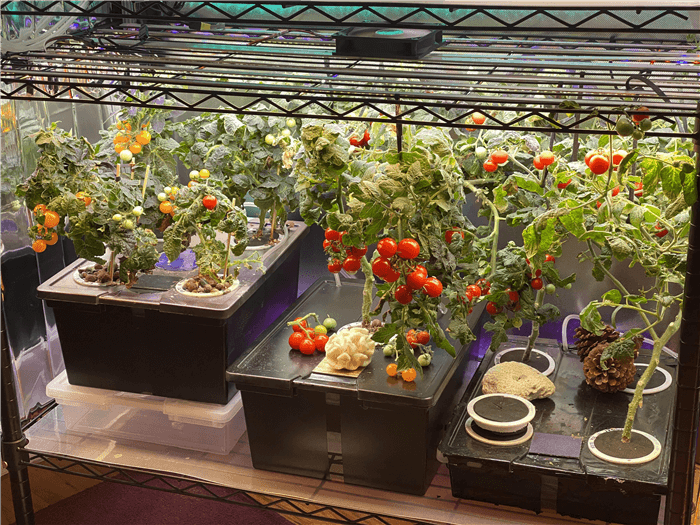
Hydroponic Tomatoes - Micro-Dwarf Varieties
- Cherry Tomatoes: Varieties like Sweet 100 and Sun Gold are excellent for growing hydroponically. They produce abundant, sweet, and flavorful tomatoes that are great for snacking and salads. These small tomatoes grow well in hydroponic systems and are known for their high yield and consistent production.
- Roma Tomatoes: Roma tomatoes can be grown hydroponically. They can thrive in the controlled conditions provided by hydroponic systems. You can use them to make sauces and pastes due to their dense and flavorful flesh.
- Beefsteak Tomatoes: These large tomatoes are perfect for sandwiches and burgers. They require a bit more care than cherry tomatoes, but can produce impressive yields in a hydroponic system.
- Micro-Dwarf Varieties: Micro-dwarf tomato varieties are ideal for those with limited space. These plants are specifically bred to grow to heights of 6"-12", making them perfect for vertical growing systems or small pots.
How to Hydroponically Grow Tomatoes?
Hydroponic systems create optimal conditions for tomato plants to thrive. By growing tomatoes hydroponically, you can provide a controlled environment where nutrients, light, temperature, and humidity can be finely tuned. From selecting the right hydroponic growing system and tomato varieties to managing nutrient solutions and environmental conditions, this part will walk you through the key steps to successfully grow hydroponic tomatoes and achieve a bountiful harvest.
Now, let’s get started.
Selecting the Right Hydroponic System
Tomatoes can thrive in various hydroponic systems, but Deep Water Culture (DWC) and Ebb & Flow systems are particularly popular due to their simplicity and efficiency. It can be quite easy to grow tomatoes hydroponically with Spider Farmer’s DWC hydroponic system. Equipped with a powerful air pump, a floating water level indicator, water pumps, and air stones, it can continuously supply oxygen and monitor water levels in real time.
Spider Farmer DWC Hydroponic Growing System with Top Drip Kit, 7-Gallon Deep Water Culture, 2-Bucket Setup, and GGS AC10 Power Strip Kit for Smart Watering Control
Spider Farmer DWC Hydroponic Growing System with Top Drip Kit, 7-Gallon Deep Water Culture, 2-Bucket Setup, and GGS AC10 Power Strip Kit for Smart Watering Control
GGS AC10 Power Strip with Automatic Operation: The GGS AC10 Power Strip features 10 independent outlets, each of which can be set with its own schedule and mode (e.g., temperature, humidity, and CO2 modes). This means users can precisely control the operation times and modes of every device plugged into it (such as the air pump in the DWC system), ensuring that the system runs efficiently under optimal conditions for plant growth and health. What's even more important, the GGS AC10 is connected to a temperature and humidity light sensor, allowing you to plug in devices such as humidifiers, dehumidifiers, lights, clip fans, and inline fans. These devices will work together based on a unified temperature and humidity target, ensuring that the environmental conditions are always ideal for plant growth.
New Triangle Cover Design: The innovative triangle cover design allows for easy access to add water and measure liquid parameters, improving overall ease of use. With a 7-gallon capacity, it's made from high-quality, corrosion-resistant PP (polypropylene) material that is lightweight and durable.
Top Irrigation System: Equipped with an adjustable top drip irrigation ring, this system lets you finely adjust the irrigation speed. The 6-inch net cup is made from high-strength PP material, making it incredibly tough and able to provide strong support for healthy, lush plants.
Powerful Air Pump: Able to output powerful air; 15W; maximum airflow: 28 L/min (adjustable). Used with air stone can effectively provide sufficient oxygen to plant roots, helping plant roots thrive and grow healthily
The AC10 Power Strip kits includes: 1 x GGS AC10 Power Strip 1 x Temperature, humidity, and light sensor 1 x 3-in-1 soil sensor 1 x 2-in-1 adapter (for connecting the lights to the controller) 7 x 2.5m RJ12 cables (for connecting devices) 2 x 0.25m RJ12 cables (for connecting between telephone line splitters) 3 x RJ12 telephone line splitters (for expanding device connections) 6 x Hook and loop straps (for organizing cables)
DWC Hydroponic System Kit Includes: 4pcs 7-gallon DWC Buckets, 4pcs triangular cover, 4pcs net cup, air pump, 4pcs air stone, 12M 4/6mm black tubing, dry clay pebbles, 4pcs water level tube, 4pcs drip irrigation ring, user manual and other accessories
Spider Farmer DWC Hydroponic Growing System with Top Drip Kit, 7-Gallon Deep Water Culture, 4-Bucket Setup, and GGS AC5 Power Strip Kit for Smart Watering Control
GGS AC5 Power Strip with Automatic Operation: The GGS AC5 Power Strip features 5 independent outlets, each of which can be set with its own schedule and mode (e.g., temperature, humidity, and CO2 modes). This means users can precisely control the operation times and modes of every device plugged into it (such as the air pump in the DWC system), ensuring that the system runs efficiently under optimal conditions for plant growth and health. What’s even more important, the GGS AC5 is connected to a temperature and humidity light sensor, allowing you to plug in devices such as humidifiers, dehumidifiers, lights, clip fans, and inline fans. These devices will work together based on a unified temperature and humidity target, ensuring that the environmental conditions are always ideal for plant growth.
New Triangle Cover Design: The innovative triangle cover design allows for easy access to add water and measure liquid parameters, improving overall ease of use. With a 7-gallon capacity, it’s made from high-quality, corrosion-resistant PP (polypropylene) material that is lightweight and durable.
Top Irrigation System: Equipped with an adjustable top drip irrigation ring, this system lets you finely adjust the irrigation speed. The 6-inch net cup is made from high-strength PP material, making it incredibly tough and able to provide strong support for healthy, lush plants.
Powerful Air Pump: Able to output powerful air; 15W; maximum airflow: 28 L/min (adjustable). Used with air stone can effectively provide sufficient oxygen to plant roots, helping plant roots thrive and grow healthily
The AC5 Power Strip kits includes: 1 x GGS AC5 Power Strip 1 x Temperature, humidity, and light sensor 1 x 3-in-1 soil sensor 1 x 2-in-1 adapter (for connecting the lights to the controller) 7 x 2.5m RJ12 cables (for connecting devices) 2 x 0.25m RJ12 cables (for connecting between telephone line splitters) 3 x RJ12 telephone line splitters (for expanding device connections) 6 x Hook and loop straps (for organizing cables)
DWC Hydroponic System Kit Includes: 4pcs 7-gallon DWC Buckets, 4pcs triangular cover, 4pcs net cup, air pump, 4pcs air stone, 12M 4/6mm black tubing, dry clay pebbles, 4pcs water level tube, 4pcs drip irrigation ring, user manual and other accessories
Hydroponic Tomato Nutrients
Despite hydroponic systems, you should also prepare a well-balanced hydroponic tomato nutrient solution. An ideal hydroponic tomato nutrient solution comprises a well-balanced mix of essential nutrients. The primary macronutrients include nitrogen for leaf and stem growth, phosphorus for root development and flowering, and potassium for overall plant health and fruit quality. Secondary macronutrients such as calcium, magnesium, and sulfur are also vital for structural support and metabolic functions. Additionally, micronutrients like iron, manganese, zinc, copper, boron, and molybdenum play critical roles in various physiological processes. The solution must be pH balanced, typically between 5.8 and 6.3, to ensure optimal nutrient availability.
Choosing Tomato Varieties
As indicated, some varieties of tomatoes are better for growing hydroponically. You can grow Cherry tomatoes, Beefsteak tomatoes, and Roma tomatoes, as these varieties can produce flavorful and nutritious fruits in a DWC hydroponic setup.
Hydroponic Tomatoes Seeds Preparation
You can begin by soaking hydroponic tomato seeds in water for 12-24 hours to enhance germination. Transfer them to a germination medium like rock wool cubes or peat moss, and keep them moist and warm. Once seedlings develop true leaves, transplant them into the hydroponic system.
Hydroponic Environment Management
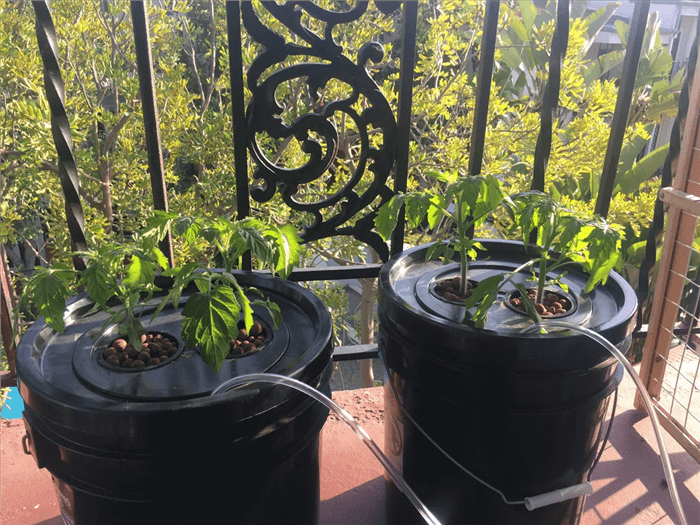
Hydroponic Environment Management
- Light Requirements: Tomatoes need at least 10-12 hours of light per day. You can use full-spectrum grow lights as supplemental lighting.
- Temperature and Humidity: Maintain an ideal temperature range of 18°C to 24°C (65°F to 75°F) and a relative humidity of 40-70%. These conditions promote healthy growth and prevent diseases.
- pH and Nutrient Management: The optimal pH for hydroponic tomatoes is 5.8 to 6.3. Regularly monitor and adjust the nutrient solution to ensure it contains all essential macro and micronutrients. The frequency of nutrient delivery should also match the plant growth stages.
- Root Aeration: Ensure your system provides adequate aeration to the roots. In DWC systems, air stones and air pumps are used to oxygenate the nutrient solution. Proper aeration prevents root diseases and promotes healthy root development.
- Pest and Disease Management: It’s suggested to regularly inspect pests and diseases, as this will help to identify and manage diseases like leaf mold and pests such as aphids. If so, use organic pesticides and biological control methods to address these issues.
FAQs About Hydroponic Tomatoes
By the end of the post, we’ll address several Faqs about hydroponic tomatoes. This will help you better determine whether to grow tomatoes hydroponically or in the soil.
Do Hydroponic Tomatoes Taste Different?
Technically, hydroponic tomatoes do not taste different from soil-grown tomatoes. Many studies and personal experiences suggest that hydroponic tomatoes can have a similar or even better flavor profile compared to their soil-grown counterparts. The taste of tomatoes, whether grown hydroponically or in soil, is influenced by several factors including the specific variety of tomatoes, the growing conditions, and how the tomatoes are harvested and stored.
Why Won’t My Hydroponic Tomatoes Ripen?
If your hydroponic tomatoes aren't ripening, you can think about the following factors:
- Insufficient Light: Tomatoes need at least 8 hours of direct sunlight or equivalent grow light exposure daily. Lack of light can prevent ripening.
- Incorrect Temperature: Tomatoes require temperatures between 55°F (13°C) and 85°F (29°C) to ripen properly. Temperatures outside this range can inhibit the ripening process.
- Nutrient Deficiencies: A lack of essential nutrients, particularly nitrogen, phosphorus, and potassium, can prevent tomatoes from ripening.
- Excessive Watering: Overwatering can drown the roots while underwatering can stress the plant, both of which can prevent ripening.
- Disease or Pest Infestation: Pests like aphids or diseases like fusarium wilt can stress the plant and prevent ripening.
- Genetic Factors: Some tomato varieties may not turn red due to their genetic makeup.
- Ethylene Gas: Tomatoes release ethylene gas to ripen. A lack of this gas or poor air circulation can inhibit ripening.
- Overcrowding: Too many plants in a small space can lead to competition for resources and poor air circulation, affecting ripening.
Conclusion
By understanding the basics of hydroponic systems, selecting the right tomato varieties, and maintaining optimal growing conditions, you can successfully grow tomatoes hydroponically in a controlled environment. Meanwhile, you should regularly monitor light, temperature, nutrient levels, and pH. While there may be challenges along the way, you can master the art of hydroponic tomato cultivation and enjoy the satisfaction of harvesting your own delicious, homegrown tomatoes.

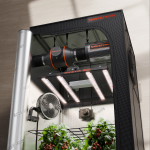
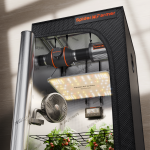
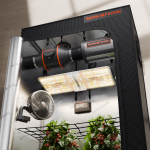
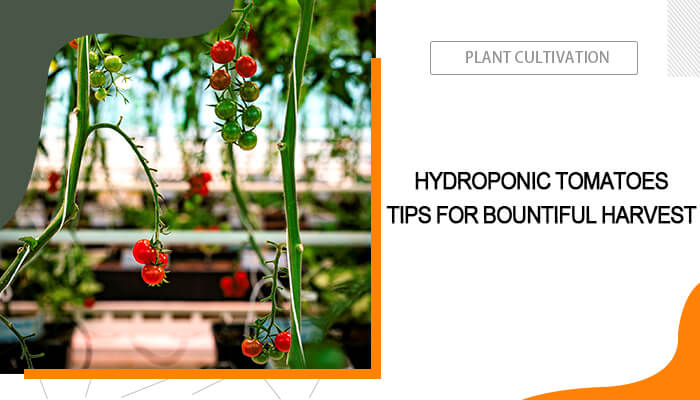
-10位排插美规.png)


